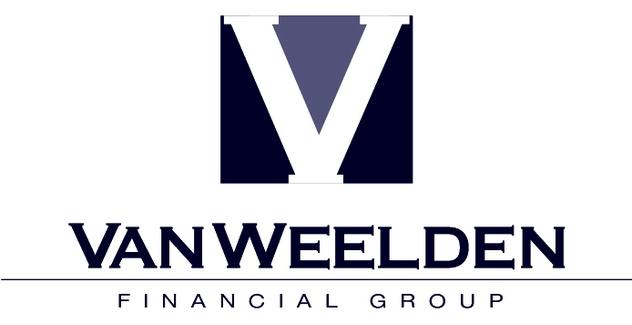We will begin our deep dive into the details of each of the three steps – starting with Step 1: Planning for your preferred future. Getting this first step right will give you a strong sense of peace regarding the success of your plan.
Your preferred future is what you’ve had in mind all these years and why you’ve been working so hard to get to this point. And now you’re here!This is the fun part, when you get to actually see your dreams materialize into an achievable reality.
Everyone else will tell you that planning for your ideal retirement is all about how much money you have. I’m telling you they’re wrong. They’re all wrong. Retirement is not about how much money you have. Retirement is a cash flow problem. Period. It’s about creating stable, increasing, tax-efficient, lifetime income.
By stable I mean not overly dependent on factors you can’t control, like the stock market, or interest rates, or tax rates. You want to know, just like your paycheck, it’s going to be there.
Increasing because it has to keep up with inflation in order for you to retain your standard of living. So your income will need to increase on a compounding basis, throughout your retirement years.
It also needs to be tax efficient. There’s a saying that only two things in life are certain – death and taxes. But the only thing certain about taxes is that they will exist and we will have to pay them. Unfortunately, what future tax rates will be is anything but certain. If I were a betting man, I’d say tax rates will be much higher ten or twenty years from now than they are today. But regardless of whether I’m right or not, if we want our money to go as far as possible, we can’t ignore the impact taxes are likely to have.
Lifetime income is pretty straight forward. You need your income to last as long as you do. And since we don’t know when you’re going to die, it needs to last practically indefinitely.
Once we’ve created your stable, increasing, tax-efficient, lifetime income, then and only then, do we care about how much money or assets you have.
But these are not the assets you’re relying on to generate your income. It’s precisely the opposite. These are the assets you’re not relying on to generate the income.
These are your discretionary, liquid assets. These are the assets you’ll access whenever you want or need something that’s not included in your ordinary, monthly expenses.
Maybe a furnace or maybe a second home, or a new car, or an extra vacation…
We don’t want you touching the assets that are producing your income, because that would be like taking a bite out of the goose that’s laying your golden eggs. We want separate, liquid assets that we’re not relying on for income.
So since retirement is all about cash flow, then our plan better be VERY detailed when it comes to that cash flow. Let me explain what I mean:
Not so long ago, a couple came into our office, we’ll call them Jack and Jill. They had recently attended one of our evening classes and afterward they signed up for a retirement strategy session. Like many people who attend our classes, they already had an advisor, so they brought their plan with them and we reviewed it together. They had told their advisor how much they thought they’d need each month in retirement. He plugged that into his software. He also totaled up all their investments and assumed a 7% average rate of return based on his recommended portfolio allocation. Then he ran a simulation to determine if they were likely to have enough or if they were likely to run out of money, assuming they had an average life expectancy. That was it. Their entire plan was a very esoteric probability of success, given a number of historic market scenarios.
The simulation didn’t tell them:
Where would their income come from each year?
How much tax they would owe each year?
How much discretionary, liquid assets would they have available from year to year?
What would happen if one of them were to die prematurely?
What would happen if we experienced another 2008 within their first ten years of retirement?
What would happen if one of them required skilled nursing care for an extended period of time?
What they actually had was nothing more than an educated guess. They asked us to design a comprehensive retirement plan for them and now they have the answers to all of these questions. Remember, retirement is a cash flow problem. Solving the cash flow problem requires a detailed, annualized, cash flow projection, not a generalized, overall probability of success.
In our next video, we’re going to dive a bit further into Step 1 by teaching you a simple way to estimate your monthly expenses in retirement, versus having to actually track all your expenses and build a budget, which can be quite onerous. Once we know that information, then from there we’ll begin to determine which resources we want to utilize when, in order to create the most efficient plan.

